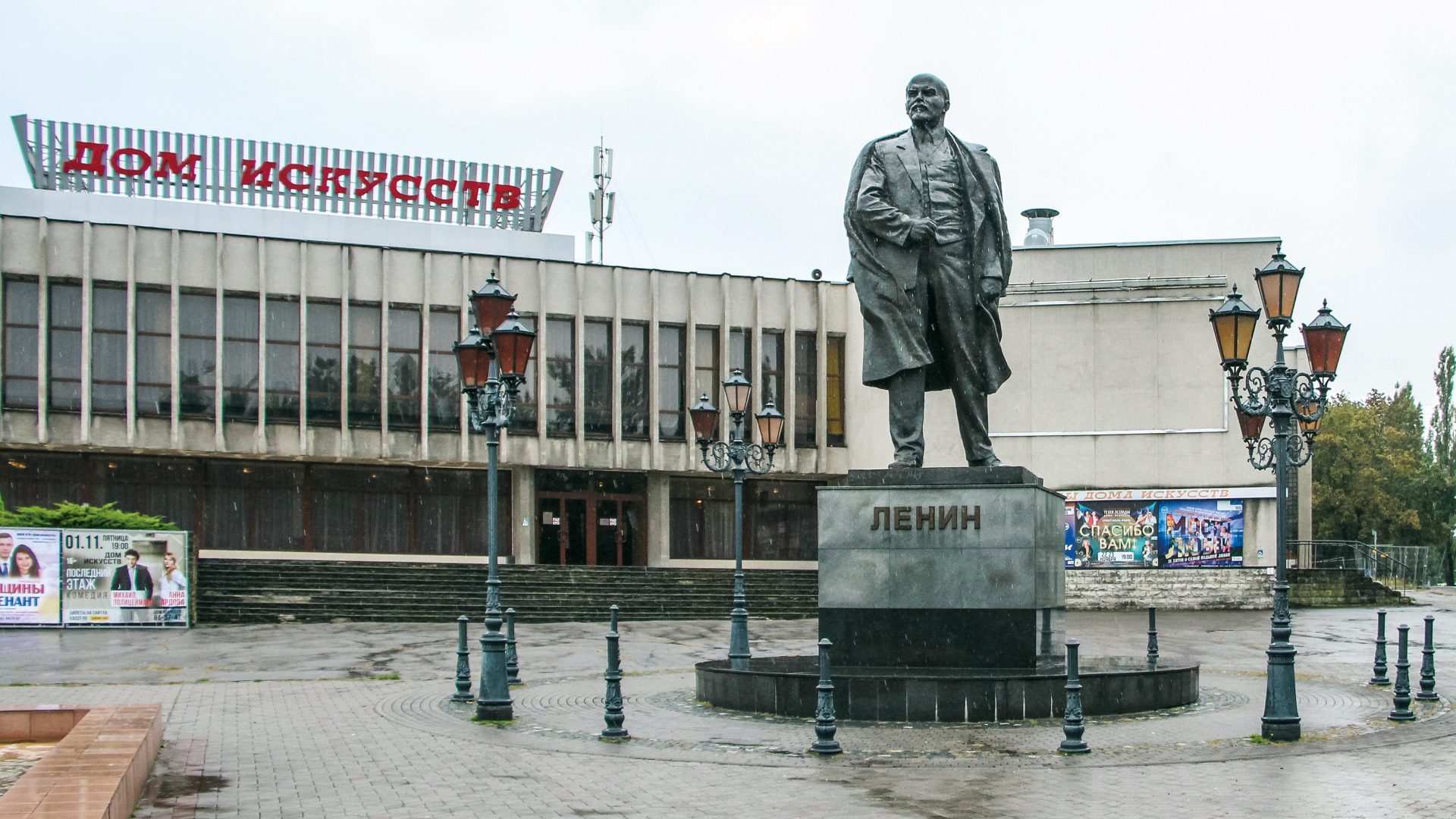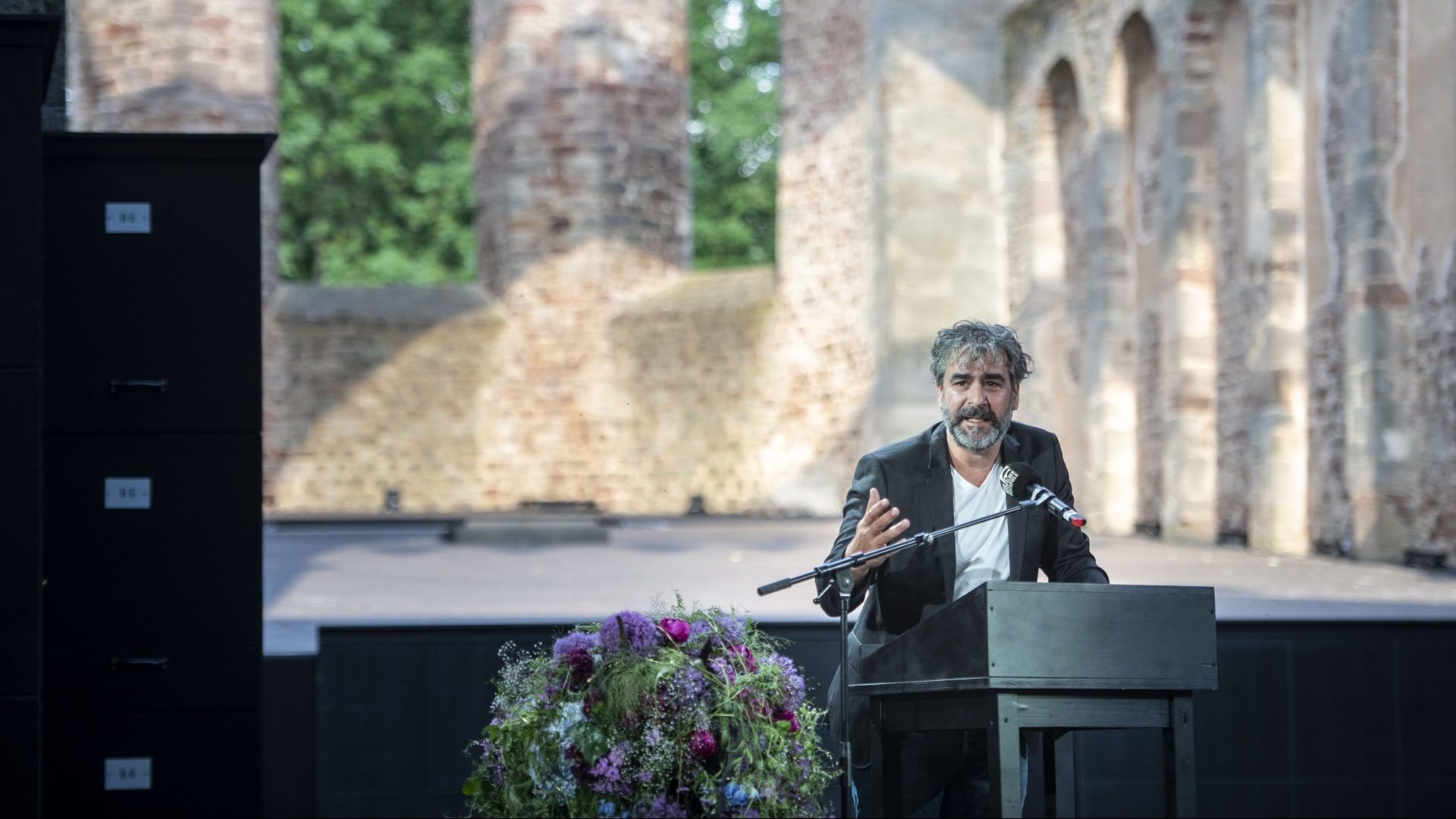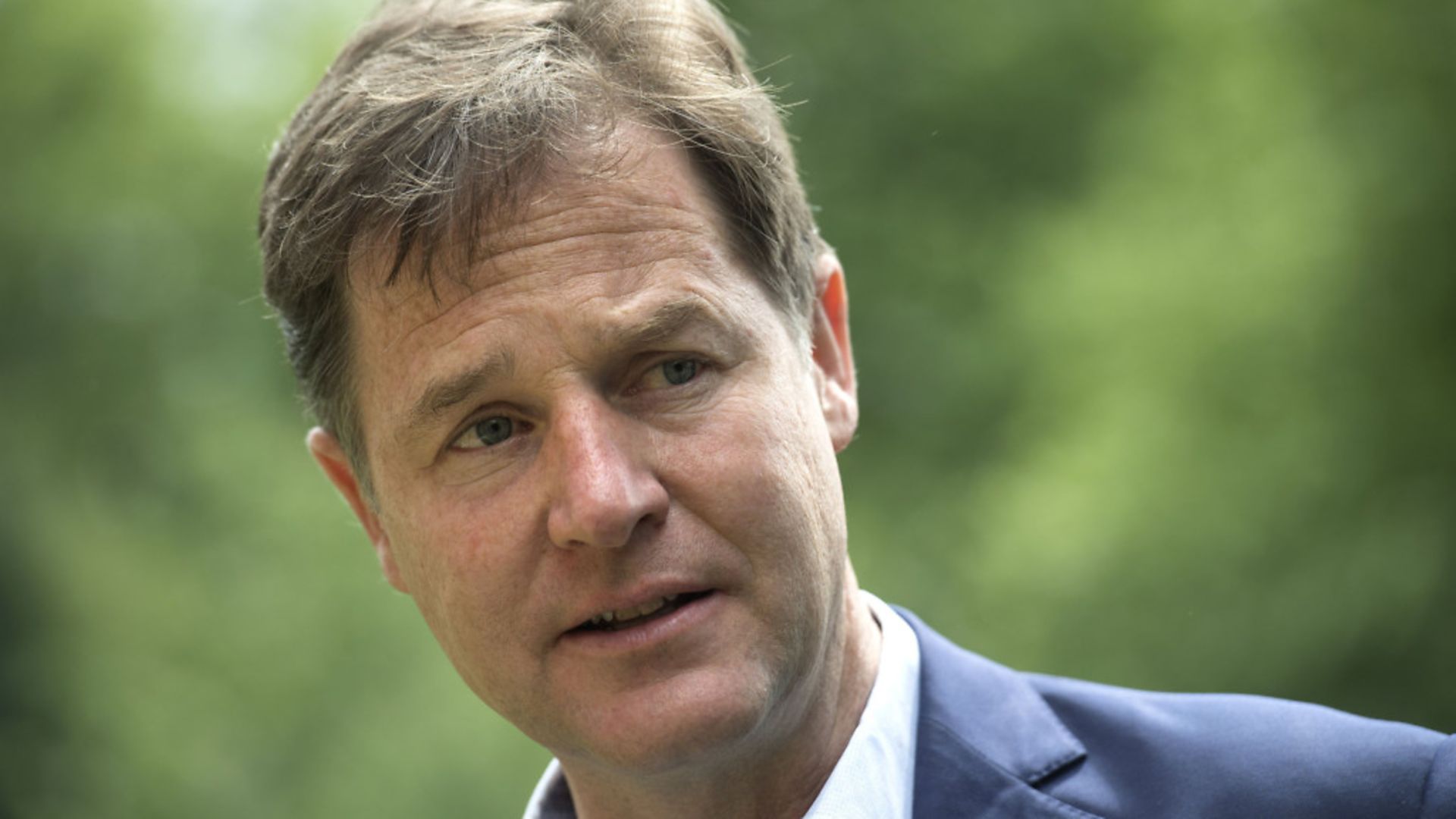Russia may be on the back foot, but the risks of war in Ukraine exploding into an even more dangerous, wider conflict are accelerating all the time.
Over 800 miles of potential flashpoints will soon be added to the list of triggers that could lead to an all-embracing war between Russia and the west. This will be a new direct border between Nato and Russia, double its current length, as long-neutral Finland and Sweden join the alliance by early summer.
Russia has responded by threatening to send nuclear weapons to that oddity Kaliningrad, a fragment of Russia stranded and surrounded within Europe. No matter; many think this strange and highly militarised place is already bristling with such warheads.
A few weeks ago, Russian and Nato forces simulated war in mirror-image
exercises just a short missile strike’s distance apart. In Lithuania the newly
arrived US Army 66th armoured battalion joined troops from the Czech Republic, Germany, the Netherlands and Norway pretending to blow up invading tanks in thick forest. Across in Kaliningrad, 1,000 Russian troops went on manoeuvres while 20 jet fighters and bombers swooped down in mock attacks on other aircraft and command posts.
Even if we skirt the wilder shores of disaster, this weird place is going to get a lot more attention.
While Churchill said Russia was a “riddle wrapped in a mystery inside an enigma”, Kaliningrad seems a curiosity nestled in a conundrum. Never forget that Churchill completed his famous quote with a less well-known conclusion: there was a key to unlocking the riddle, and that was discerning the Russian national interest. The port city and surrounding region, the Kaliningrad Oblast, is a symbol of Putin’s sense of that bruised and thwarted interest. It is part of Russia yet isolated from Russia, with no border with the rest of the country, sandwiched between Poland and Lithuania, two European Union and Nato nations, once a Soviet satellite and a Soviet Republic respectively. It isn’t even a proper enclave, but an “exclave” because it borders the international waters of the Baltic Sea. It was stranded after the collapse of the Soviet Union when the Baltic republics declared independence – Latvia and Estonia are on top of Lithuania to the north. It is Russia’s only port that remains ice-free all year round, home to the strategically vital Baltic Fleet.
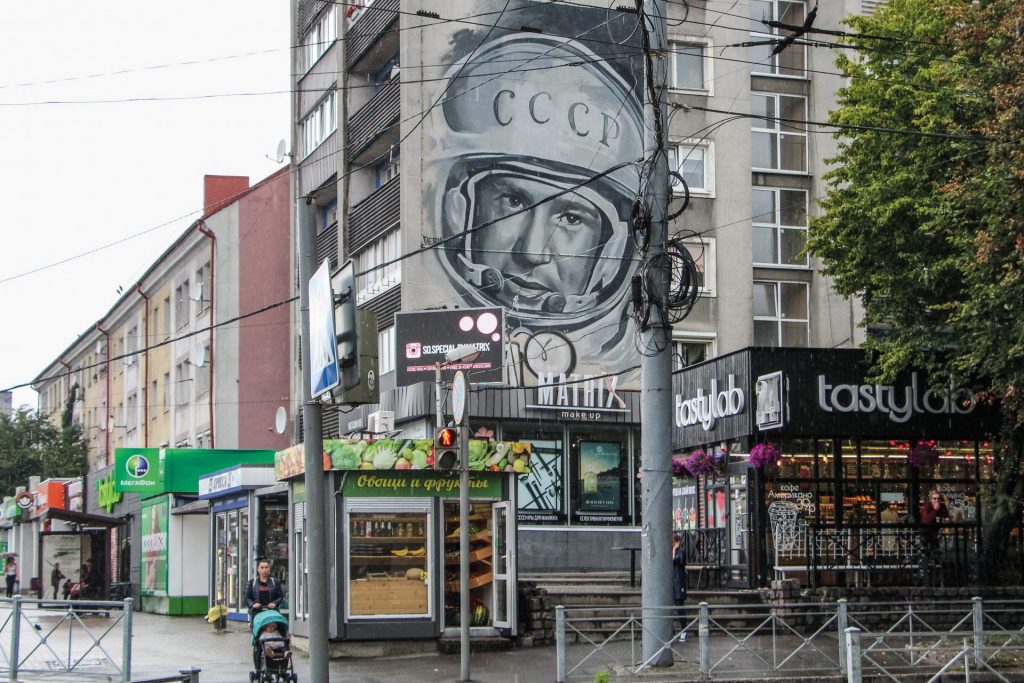
Russia’s threat to base nuclear weapons in Kaliningrad is hardly new – it first was made when George Bush Jr was talking about putting a sophisticated anti-missile system in Poland and rehashed the day Barack Obama entered the White House. But warning is not so much because it is seen as an idle threat, as one already carried out four years ago. Still, more is presumably worse, in this case. At any rate, it is certain that there are many nuclear-capable Iskander missiles based there, designed to destroy urban centres and military bases. Now a new buildup is apparently on its way. A recent report suggests that in February at least one next-generation hypersonic missile was flown in. The Kinzhal (Dagger) is said to be undetectable by radar and purpose-built to sink Nato warships.
And all this just 360 miles from Berlin as a particularly deadly crow flies, less than 200 to Warsaw or Vilnius.
As the hardware builds up, so does the battle for hearts and minds. Russians travelling by train to Kaliningrad have to go through Lithuania and stop at the capital’s main station. There they are greeted by 24 huge posters dramatically displaying the horrors of the war in Ukraine. The graphic images of corpses and destruction and injuries are plastered with the message in Russian: “Today, Putin is killing civilians in Ukraine. Do you support this?”
Perhaps confronting Russians like this is safer than closing the border and
thus cutting Kaliningrad off from the Motherland, which Ukraine called for.
The Russian deputy foreign minister, Alexander Grushko, warned that such
a step would be “playing with fire”.
If fire did rain down, it would probably be on the Suwalki corridor. More about this fraught passageway in a moment. But how did the weirdness that is Kaliningrad come to be in the first place?
The city and the surrounding district, now named after a distinguished nonentity with an impeccable Soviet pedigree, was once the capital of Prussia, Germany’s biggest and most powerful state. Mikhail Kalinin was one of the first Bolsheviks, a peasant turned metal worker who became the first mayor of Petrograd after the revolution. Slavishly loyal to Stalin, he went on to become the titular head of the Soviet Union, serving for just shy of half a
century until months before his death in 1946. No one, least of all Stalin, took any notice of him. He couldn’t even save his wife from imprisonment and torture for the crime of Trotskyism. But he did at least get this new territory named in his honour when it became part of the Soviet Union at the end of the second world war, under the Potsdam agreement, when all the Germans were deported and a Russian population was imported.
As the city of Königsberg, it had been the capital of Prussia until that honour shifted to Berlin in 1700. It means “king’s mountain” – the monarch in question being not the Kaiser but King Ottokar the Second of Bohemia, patron of the Teutonic knights, who built a fort, made it their headquarters and replaced the locals with German speakers. At various times in the Middle Ages it belonged to Poland. Königsberg’s most famous son, the philosopher of pure reason, Immanuel Kant, loved his city and rarely left it. Some see him as an early herald of the European Union for his advocacy of a peaceful Europe based on democratic nations engaged in a “confraternity of trade”. Yet he swore allegiance to Catherine the Great of Russia after it became part of the Russian empire, before reverting to East Prussia. This dizzying history is a brutal reminder of the mutable nature of identity, nationality and claims of ownership in this part of the world. I vividly remember driving for what seemed like hours in Poland and realising with a shock that I was still in what was once Germany.
If shifting Kaliningrad – shifting not through space but time – is the irritating grit in Nato’s oyster, the Suwalki corridor is in danger of becoming its poisonous pearl.
To understand why Poland is so worried about Russia, knowing a little bit of history helps, but to comprehend the fears of the Baltic states, geography is a better guide. Just look at the map. These three states have the ocean on one side but are hemmed in by Russia or Belarus on the other. Estonia perches on top of Latvia, Latvia perches on top of Estonia, which balances on Lithuania – connected by a mere scrap of land to Poland. That’s the
Suwalki corridor. Potentially dividing them from the rest of Europe, it is a thin line running from Kaliningrad to Russia’s most loyal ally, Belarus. It’s about 80 miles long with two narrow roads and a rail link. It has a history. In 1812 Napoleon took a quarter of a million men along the route into Russia, and after his invasion failed led a considerably smaller and much chastened force out the same way.
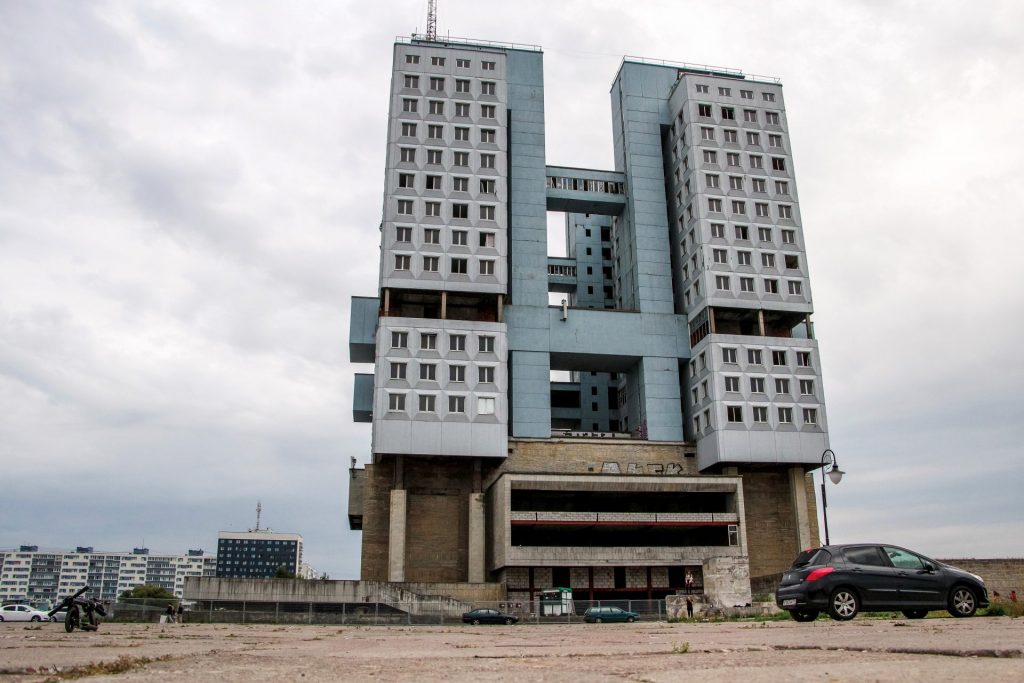
It is a choke point. Seize it and you not only connect Kaliningrad with Russia’s main ally, but get the bonus of cutting off three Nato nations from the rest of their fellow members, making the invasion of the Baltics that much simpler. A report, co-written by a former general previously in charge of the US Army in Europe, calls it “Nato’s most important territory” and warns that it is “where the many weaknesses in Nato’s strategy and force posture converge”.
That was four years ago: Nato will have taken note of their many recommendations, ranging from introducing highly mobile air defences to act as an unpredictable tripwire against incursions, to increasing the speed of political decision-making.
There’s wisdom in this, but also the multiplication of risk. While accidents that tumble into wider wars may not often happen along easily spotted flashpoints, as the war in Ukraine becomes even hotter and more brutal, as both Nato and Russia pour troops into the borderlands, the dangers of miscalculation grow.
Kaliningrad is a mighty and potent symbol of Russia’s historical psychosis – of the way identities can shift even as the shape of a city stays the same. Of a rise and a fall: its new identity part and parcel of the much-celebrated Soviet victory in the Great Patriotic war of 1812 and the USSR’s subsequent increase in power and territory, and its promotion to superpower status. Its current forlorn isolation is the consequence of the Soviet Union’s subsequent sudden and dramatic collapse, as it was shorn of much of its land and most of its might and meaning. One city encapsulates in miniature Russia’s trauma, an
evocation of its real and imagined plight, of Russians marooned in an alien landscape surrounded and under siege.
However it ends, Putin’s Ukraine war will only exacerbate the feeling of aggrieved isolation of his country, unable to accept the loss of empire, unwilling to accept a role as a mere nation state. It is a war of aggression
fuelled by a furiously self-righteous indignation about a loss of power and
status – the very motor of populism today and fascism in the past. It is worth keeping a beady eye on the conundrum that is Kaliningrad.
Mark Mardell, a freelance broadcaster and writer, is a former presenter of The World This Weekend on BBC Radio 4 and served as BBC News’s Europe editor

